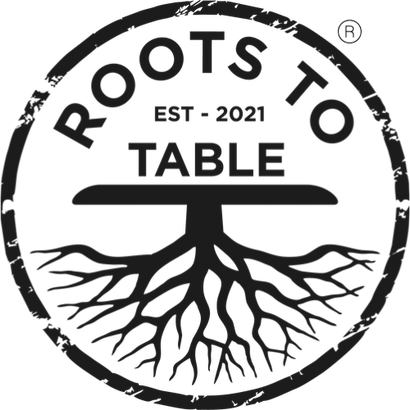Add description, images, menus and links to your mega menu
A column with no settings can be used as a spacer
Link to your collections, sales and even external links
Add up to five columns
Add description, images, menus and links to your mega menu
A column with no settings can be used as a spacer
Link to your collections, sales and even external links
Add up to five columns

Stop Using Oak, Ash and Mahogony for Cutting Boards! Here’s What You Need To Know!
January 20, 2025 3 min read
The Hidden Danger Lurking in Open-Grain Woods: Why Oak, Ash and Mahogany Are NOT as Safe For To Use As Cutting Boards!
Oak, ash, and mahogany all suffer from open grain. This means their pores are large and allow liquids (and bacteria) to seep into the wood. Sure, oak looks beautiful and has a storied reputation for furniture and flooring. But when it comes to cutting boards, those tiny channels in open-grain woods can trap moisture and bacteria, making them harder to sanitize.
Reference:
-
Food Safety and Wood Cutting Boards
(Summarizes Dr. Dean O. Cliver’s research on how wooden cutting boards can inhibit bacteria—if the wood has a closed grain.)
Bacterial Hideouts
Let’s make it crystal clear: the issue isn’t just about “hardness.” It’s about pore structure. A super-hard wood is irrelevant if it’s full of deep pores that turn into bacterial hideouts. Once trapped inside, bacteria can thrive, especially if you’re not meticulously cleaning and drying your board.
Reference:
-
FDA Food Code (2017)
(While it doesn’t explicitly ban open-grain woods, it emphasizes that materials should be “smooth and easily cleanable.” Open-grain woods don’t exactly fit that bill.)
Misconceptions About Hardwoods
Plenty of exotic hardwoods (teak, iroko, and mahogany, for instance) look gorgeous, but they either contain high levels of natural oil, silica, or have large pores. That can lead to:
- Dulling your knives (thanks, teak).
- Weird odors or flavors imparted to your food (some tropical hardwoods contain strong natural oils).
- Bacterial growth if there’s wide open grain.
Throwing Gas on the Fire (Why It’s Controversial)
Wooden cutting boards have a bit of a cult following—and for good reason. Research has shown wood can be more sanitary than plastic if cared for properly. But that’s where oak and other open-grain hardwoods muddy the waters. They blur the line between “hardness” and actual “food safety.” Many old-school chefs swear by oak for aesthetic reasons, claiming the right oiling and proper drying can keep bacteria at bay. While that may be partially true if you’re obsessively vigilant, the risk is still higher than if you used a closed-grain hardwood.
So, if you’re into living on the edge and love a challenge, go ahead—pick an open-grain board. But don’t say we didn’t warn you when that board starts smelling funky or harbors a bacterial colony you can’t seem to scrub away.
How to Spot an Unsafe Board
- Large, Visible Pores: Run your finger across the surface. If you can feel open pores or grain ridges, be cautious.
- Excessive Cracks or End Grain: End-grain boards (like butcher blocks) are fine if made from tight-grain wood, but in open-grain species, those ends can soak up juices like a sponge.
- High Oil Content or Silica: Teak has high silica, which is notorious for dulling knives. Exotic hardwoods sometimes have oils that can cause rancid odors over time.
Bottom Line
Hardness alone doesn’t make a wood “good” for cutting boards. Oak is proof of that. If you’re serious about food safety and longevity, stick to closed-grain classics like maple, walnut, or cherry. Let others flirt with controversy by carving up their brisket on oak or exotic hardwoods. You’ll be the one quietly enjoying a cleaner, safer, and more durable surface for years to come.


